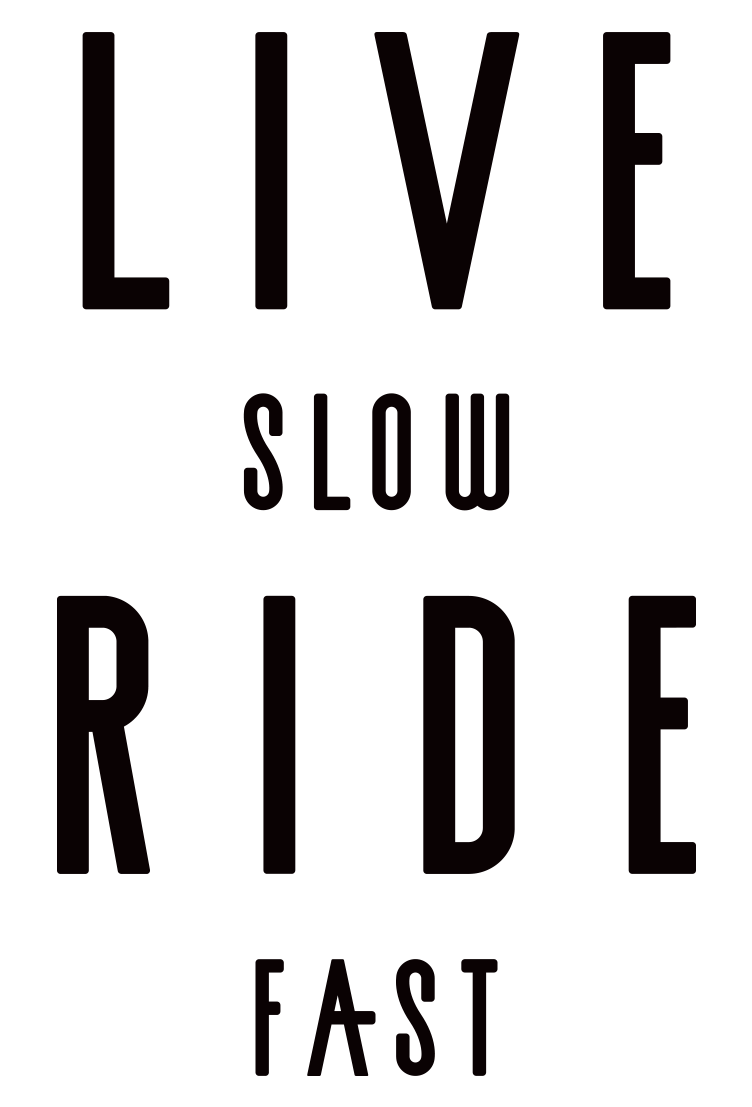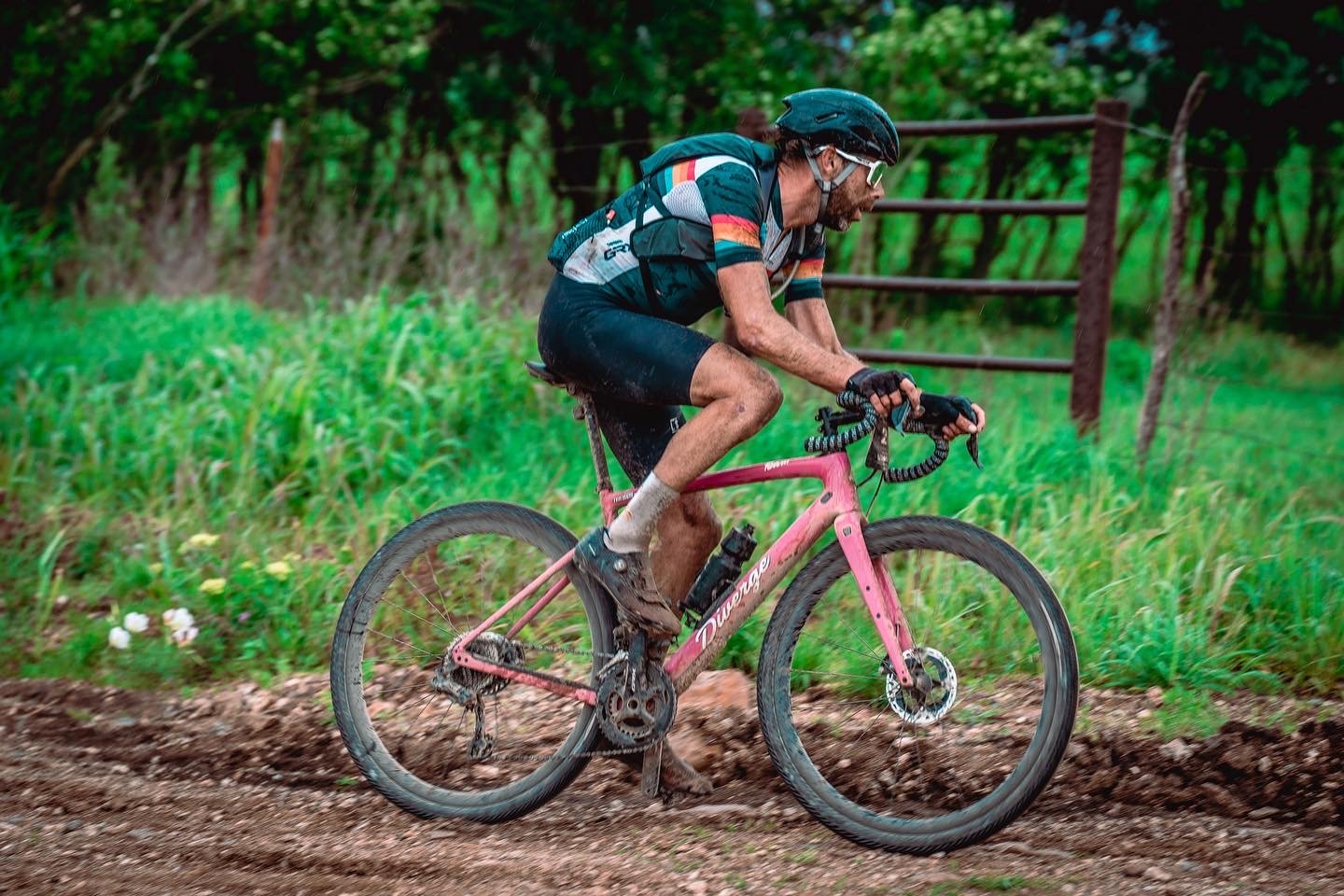Life Time Grand Prix series - Unbound Gravel
Unbound Power Debrief by Jim van den Berg | Join.cc
RIDING WITH THE HEART OF A LION AND THE BRAINS OF A BONOBO
The World Championships Gravel, the Superbowl of Cycling, the one gravel race that rules them all…Unbound Gravel is by far the most popular and important gravel race of the calendar. Even in the Netherlands, a bunch of journalists on weekend duty had to type their butts off to keep up with all the latest news from Kansas. A race that covers 200 miles on endless gravel roads, crossing rivers and ranches in the hart of rural America. Being the second race of the Life Time Grand Prix series, it has all the potential of becoming brutal and decisive for the rest of the season. Laurens, who is the only European candidate invited to participate in these series, was ready to roll.
A month before, on May 11th, Laurens travelled to the US with buddy Thomas Dekker to prepare themselves for this event. After Laurens’ second place in last year’s Unbound, nothing was left to chance. In three weeks time, a total of 64 training hours was completed and another gravel race, Gravel Locos, which Laurens had won last year, was to be the perfect preparation for the big event. Unfortunately, Gravel Locos was overshadowed by the murder of Mo Wilson. And of course, it didn’t end there. Throughout the whole month, the dramatic loss had its effect on everybody involved in the scene. It being the wish of the parents of Mo, gravel racing continued and on June 4th, Unbound started at 6 a.m. at sunrise with about 4000 participants to cover a distance the size of Holland.
The intensity of this event is unlike any other, which really becomes clear when you take a look at the numbers. What really strikes, is the amount of energy needed to complete the course at this speed. Laurens produced 9726 kilojoule in 9 hours and 20 minutes. That is about 60 % more than what Mathieu van der Poel needed in classics like Paris-Roubaix. Most top professionals deliver around 6000 KJ in similar races. The amount of kilocalories needed for this amount of KJ is around 11.000 kcal. That is because you need to produce about 5 times as much energy, then is delivered onto your pedals. A signifiant part of that energy is lost to “warmth’’. An amount that can be expressed in, let’s say, 21 Big Macs.
To do so, Laurens rode 289 Watt on average and 322 Watt normalized power, which is practically the same as last year (287 and 319). But this year, they rode faster than ever (they took almost an hour of the parcours record), the surface was muddy and Laurens rode on his own for a mindblowing 100 km. I would argue that his powermeter was somewhat off last year. This year his power output was comparable with the other top riders.
Circumstances were far from ideal this year
Like I said, Laurens wasn’t going to sit still and wait this year. The first hour was relatively quiet, with 240 Watt on average, but then he decided to go for it with two other riders. The 80 kilometers that followed were ridden with an average of 280 Watt, but it wasn’t until our Dutchie shook off his compagnons, he started to put on the engine. From km 100 to km 200 Laurens got to a mindblowing 330 Watt. It was an exploit that would soon cost his head. The chasing group got him back and he had to let go right away. Moral was broken and for about 40 k long, he couldn’t manage to put in more than 272 Watt on average. On the other hand, it gave him some time to recuperate and he somehow found in his mind and body a spare battery of positive energy. In the next 40 k he pushed 302 Watt and chased back the head group. He managed to get back to them with only 20 k to go.
In those last 20 kilometers, it was obvious that the best had already been given. On the very last little climb, an effort of 481 Watt for 34 seconds was enough not to lose contact with the other leaders, but just about enough to let go of the fifth rider of that lead group. In order to avoid a sprint, Laurens gave it his last shot at a kilometer and a half before the finish line: in 17 seconds he rose to 798 Watt in order to shake off his rivals, but that wasn’t enough.
The final acceleration for Laurens had not even started before it was stopped and Ivar Slik won the sprint of three with ease. Laurens passed the finish line 4 seconds later at a 4th place. I can’t help but think what would have happened of Laurens hadn’t made it so hard for himself for such a long time. His best 20 minutes efforts of 361 Watt can be seen after only 134 kilometers. After 6500 kJ his best 20 minute effort is ‘mereley’ 330 Watt. His best 5 minute effort is, for instance, in the first 4000 kJ 397 Watt, between de 4000 kJ and the 6500 kJ 386 Watt and after 6500 kJ ‘only’ 366 Watt. Surprisingly, his best 5, 10 and 30 seconds of 802, 758 and 622 Watt are pushed in the very last part of the race, after 6500 kJ.
What can I say, after such a long distance, everybody’s light will start to fade. We cannot say for sure that Laurens would have won Unbound, if he had ridden more with his head than his heart. The thing we can be sure of, is the fact that this performance was pretty extraordinary. It was maybe the best performance (physically) of his cycling carreer. And that goes to say.
Photo credits go to Marc AR / Photo of Laurens riding through the mud: unknown photographer





